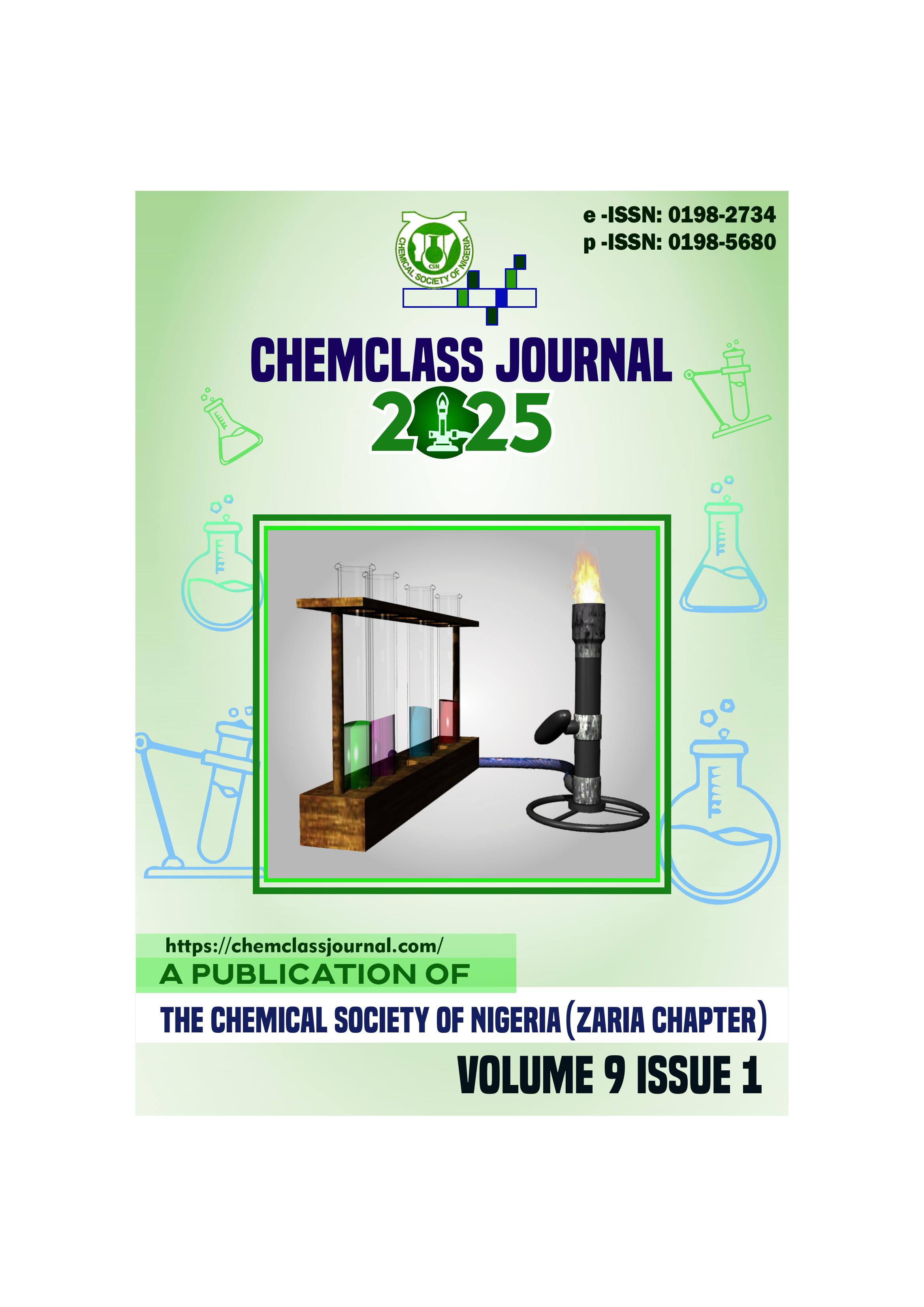Antimicrobial and Phytochemical Screening of Different Fractions of Anogeisuss Leiocarpus Guill and Perr Leaf Obtained From Langtang, Plateau State, Nigeria
DOI:
https://doi.org/10.33003/Keywords:
Clinical isolates, antibacterial activity, secondary metabolites , Polar Fractions , Tarok, Anogeissus leiocarpusAbstract
Anogeissus leiocarpus plant is widely used in Africa and among the Tarok people in the Northern Senatorial
Zone of Plateau for antimicrobial activities against many pathogenic microorganisms for Treatment many
diseases. This study was carried out in vitro to compare the antibacterial and antifungal activities of non
polar and polar leaf extracts from Langtang against Staphylococcus aureus (clinical isolate), Klebsiella
pneumonia (clinical isolate), Salmonella typhi (clinical isolate), Escherichia coli (clinical isolate),
Aspergillus flavus (clinical isolates), Trichophyton rubrum (clinical isolates), Aspergillus braziliensis
(clinical isolates), and Candida albicans (clinical isolate). The extracts of the ethyl acetate showed stronger
antibacterial activity against Staphylococcus aureus (21 mm), Klebsiella pneumonia (19 mm) and
Salmonella typhi (23 mm). Thus, zone of inhibition range is 19 -23 mm. However, methanol fraction
showed slightly stronger activity against Escherichia coli (22 mm). The methanol fraction showed stronger
inhibition against Aspergillus flavus (12 mm), Trichophyton rubrum (18 mm), Aspergillus braziliensis (15
mm) which range is 12 -18 mm. But for Candida albicans, the ethyl acetate fraction inhibition zone is 17
mm while methanol fraction is 13 mm. Gentamicin, Fluconazole and Amphotericin B were used as positive
control and showed strong inhibition against the organisms with Amphotericin B with stronger MIC and
MBC/MFC at 0.01 mg/ml. The result of phytochemical screening showed that the plant’s leaf contained
important secondary metabolites such as cardiac glycosides, tannins, saponins, steroids, carbohydrates,
flavonoids and terpenes. These phytochemicals may be responsible for the antibacterial activity of this plant
leaf and could be utilized in the search for new antibiotics.





 ChemClass Journal
ChemClass Journal
